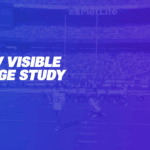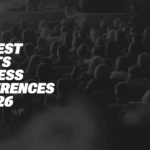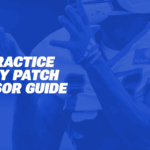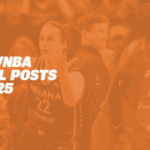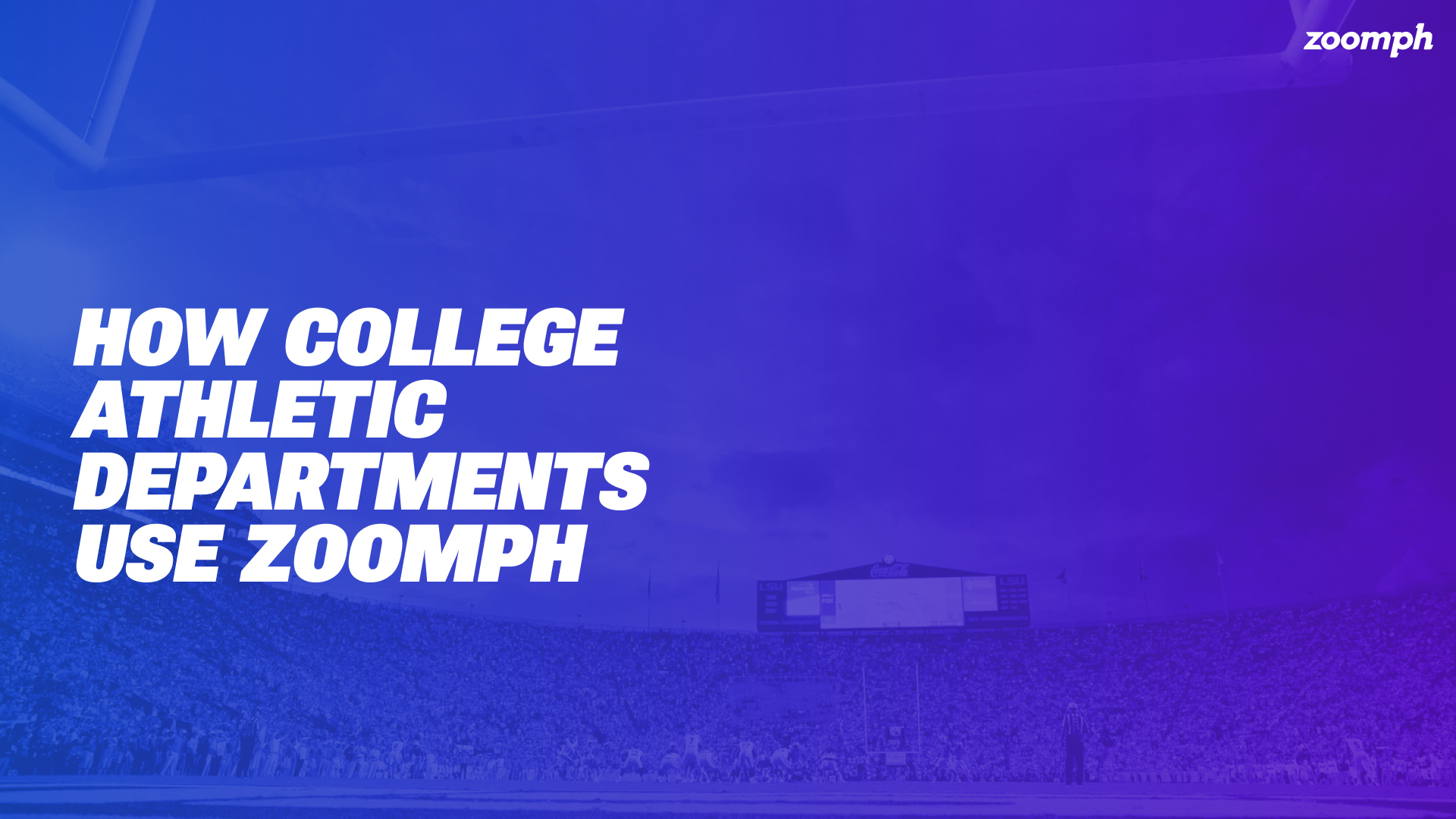
12 Aug 4 Proven Ways Zoomph Helps College Athletics Win On Social
In today’s landscape of college athletics, digital success is almost as critical as wins on the field. Athletic departments are constantly seeking new ways to maximize engagement, support their student-athletes, and drive sponsorship value.
Zoomph has emerged as a trusted platform for college athletics departments, helping schools turn social media into a strategic asset through smart data, automation, and benchmarking.
Here are four key ways college programs are using Zoomph to level up their digital game.
The Challenge:
Managing dozens of social accounts across sports is no small feat. Tracking metrics manually, tagging content individually, and compiling reports from different platforms is inefficient and labor-intensive – especially for teams with limited resources.
The Zoomph Advantage:
Zoomph streamlines this process by aggregating data from all team accounts into a unified dashboard. It offers a dedicated view for follower growth, enables automated tagging based on consistent hashtags or copy, and simplifies reporting across platforms. Even earned media, mascot accounts, and major moments (like Heisman campaigns) can be tracked with ease.
What Schools Are Doing with It:
Programs generate weekly or seasonal performance recaps to rank teams’ social output — a valuable tool in meetings with coaches and athletic directors.
Programs like USF use the data to identify and encourage underperforming accounts.
Others color-code reports to improve clarity or accountability.
Outside athletics, various schools are using Zoomph to track main campus and college-specific accounts, benchmarking across peer institutions.
The expanded @CFBPlayoff also extended apparel partner exposure over a month of games.
— Zoomph (@Zoomph) January 24, 2025
On social media, @OhioStateFB earned @nikefootball 51% more brand than Michigan/Jordan last year and @NDFootball earned @UnderArmour 143% more brand value than Washington/Adidas. pic.twitter.com/V6c9KN1jna
The Challenge:
Sponsorship dollars are critical — but proving the ROI of digital activations, signage, and in-venue placements has long been difficult for athletic departments.
The Zoomph Advantage:
With AI-powered logo detection and text tracking, Zoomph identifies where and how brand partners appear in both social and broadcast content. It monitors impressions, engagement, and visibility, helping schools quantify the value of their digital and physical assets.
What Schools Are Doing with It:
Athletic departments use Zoomph’s data to recap branded content and make stronger cases for signage placement or pricing.
Some programs use the reports to price unsold assets or restructure deals based on what’s delivering the most exposure.
Programs are also supplementing social data with broadcast data to further evaluate and optimize in-venue signage before expanding sponsorship inventory.
The Challenge:
Athletic departments don’t just want to perform well — they want to know how they stack up against peer institutions in the Power Five, their own conference, or nationally. But getting that view isn’t easy.
The Zoomph Advantage:
Zoomph delivers comprehensive benchmark reports that compare digital performance across conferences, peer groups, and even individual sports. These insights guide strategy, fuel healthy internal competition, and help schools celebrate their wins.
What Schools Are Doing with It:
Schools use benchmarking in meetings with athletic directors and coaches to spark goal-setting and creative ideation.
Some highlight their top rankings in social posts or marketing campaigns.
Feedback has driven Zoomph to already add more sports and to start research into adding follower count metrics and expanded benchmarking (such as D1-wide options).
Entire conferences are using Zoomph by relying on custom benchmark reports.
The @MarchMadnessMBB tournament is about to begin, but teams have been building up excitement on social all season long.
— Zoomph (@Zoomph) March 18, 2025
These 20 men's college basketball teams had the most social media engagement this season 🔽 pic.twitter.com/cIaTbE88Iy
The Challenge:
With the rise of NIL (Name, Image, and Likeness) and upcoming revenue-sharing models, schools are under pressure to provide athletes with clear, actionable social media data to help them grow their personal brands and monetize their influence.
The Zoomph Advantage:
Zoomph tracks and benchmarks individual athlete metrics across sports, offering both team-level and all-athlete reports. This empowers athletes with the insights they need for NIL partnerships and gives departments the tools to prepare for performance-based revenue distribution.
What Schools Are Doing with It:
Programs use Zoomph to help athletes understand and articulate their digital value.
As of July 2025, some plan to integrate athlete performance data into revenue-sharing strategies.
While access to some platforms (e.g., TikTok, IG Stories) remains limited due to authentication restrictions, Zoomph still provides a valuable foundation for NIL and athlete support.
While Zoomph is thriving in athletic departments, forward-thinking universities are beginning to adopt it across their broader campus communities. Many schools are using Zoomph beyond the athletic fields and are already using it to track performance across academic units and campus-wide accounts — a sign that the future of digital strategy in higher ed extends far beyond the scoreboard.
Zoomph isn’t just helping schools keep up — it’s helping them lead.




